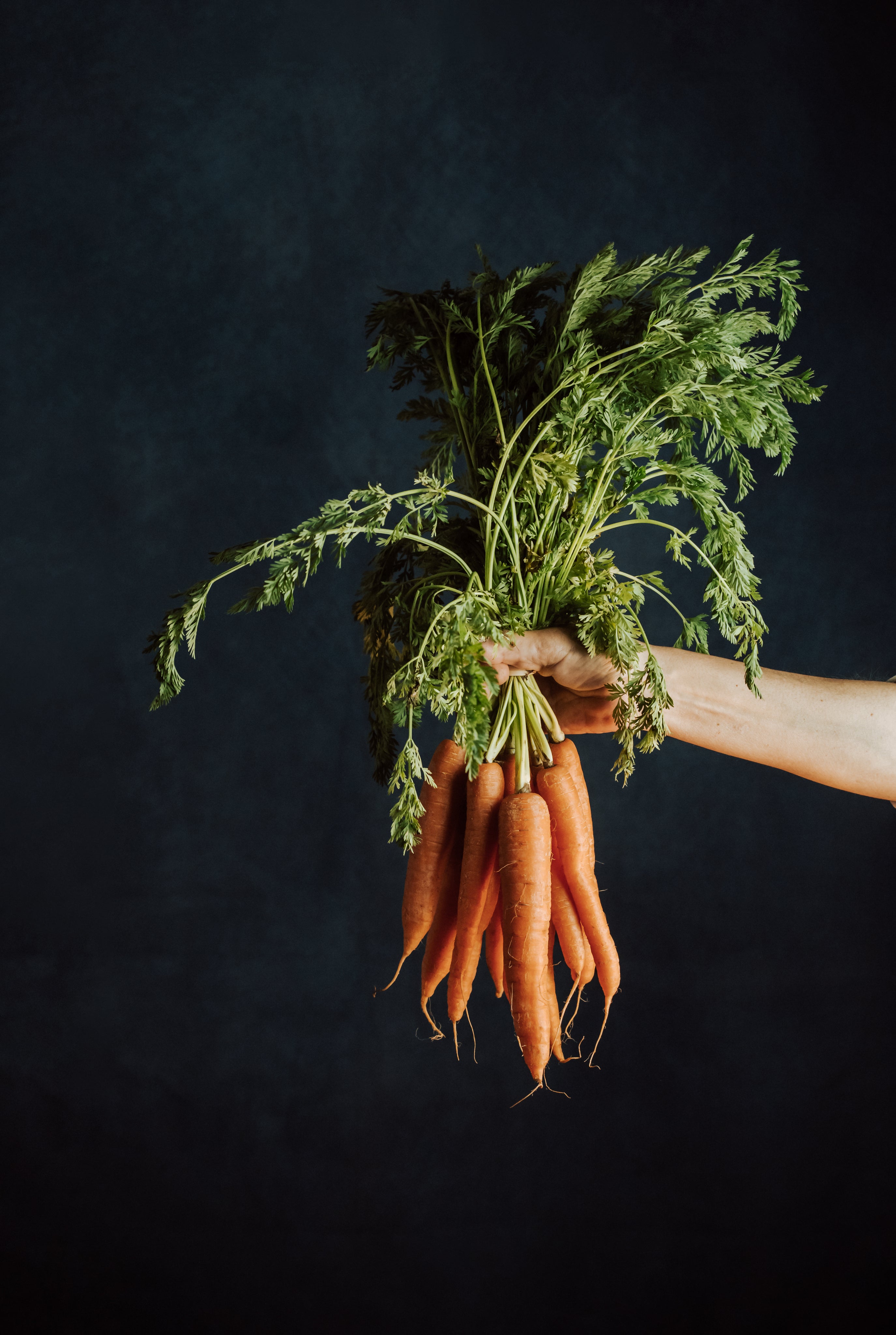Filter
119 výsledky
20
- 10
- 15
- 20
- 25
- 30
- 50
Najpredávanejšie
- Odporúčané
- Najpredávanejšie
- Abecedne, od A po Z
- Abecedne, od Z po A
- Cena, od najnižšej po najvyššiu
- Cena, od najvyššej po najnižšiu
- Dátum, od najstarších po najnovšie
- Dátum, od najnovších po najstaršie
Triediť
Zoradiť podľa:
- Odporúčané
- Najpredávanejšie
- Abecedne, od A po Z
- Abecedne, od Z po A
- Cena, od najnižšej po najvyššiu
- Cena, od najvyššej po najnižšiu
- Dátum, od najstarších po najnovšie
- Dátum, od najnovších po najstaršie
-
Proso cestoviny Gimlet 400 g PRO NATURA
B-vitamíny - správny vývoj nervového systému Železo - podporuje správny vývoj mozgu Tryptofán - zlepšuje náladu Kremík - priaznivý vzhľad pokožky, vlasov a nechtov Hirseové rezance z hirzovej múky s pridaním vody. Odporúčané pre vegánov a vegetariánov. Perfektné do polievok a omáčok. Výživové hodnoty...- £4.00
- £4.00
- Jednotková cena
- / za
Zobraziť podrobnosti -
Cestoviny (semolina tricolor) disney cars BIO 300 g - DALLA COSTA
DESCRIPTION Ökologische Nudeln, die hauptsächlich für die jüngsten Verbraucher bestimmt sind (ab 3 Jahren). Dank der Magie von Disney können Familien einzigartige Formen und einzigartige Geschmacksrichtungen entdecken, die sowohl Kinder als auch Eltern zu schätzen wissen werden. Dieses italienische Produkt wird nach traditioneller Tradition...- £3.00
- £3.00
- Jednotková cena
- / za
Zobraziť podrobnosti -
Cestoviny (celozrnné ražné) Gimlets BIO 400 g - BIO EURÓPA
ZLOŽENIE Múka Ražná Celozrnný typ 1850 * (* z certifikovaného ekologického poľnohospodárstva) PRÍPRAVA Cestoviny varíme v osolenej vode 5 - 8 minút v pomere 100 g cestovín na 1 liter voda. NUTRIČNÁ HODNOTA na 100 g Výhrevná hodnota: 1430 kJ / 340 kcal Tuk:...- £3.00
- £3.00
- Jednotková cena
- / za
Zobraziť podrobnosti -
Cestoviny (ražné celozrnné) BIO tube 400 g - BIO EUROPA
ZLOŽENIE Múka Ražná Celozrnný typ 1850 * (* z certifikovaného ekologického poľnohospodárstva) PRÍPRAVA Cestoviny varíme v osolenej vode 5 - 8 minút v pomere 100 g cestovín na 1 liter voda. NUTRIČNÁ HODNOTA na 100 g Výhrevná hodnota: 1430 kJ / 340 kcal Tuk:...- £3.00
- £3.00
- Jednotková cena
- / za
Zobraziť podrobnosti -
Konjac Tagliatelle Bezlepkové BIO 385 g - LEPŠIE AKO JEDLO
BESCHREIBUNG Konjak-Tagliatelle ist frei von Fett, Zucker und Salz. Es wird aus der Wurzel einer Pflanze namens Konjac (in China und Japan angebaut) hergestellt. Es ist ein traditionelles asiatisches Produkt, das seit Jahrhunderten in der lokalen Küche bekannt ist. Die Nudeln haben keine besonderen...- £4.00
- £4.00
- Jednotková cena
- / za
Zobraziť podrobnosti -
Thajské konjac rezance bez lepku BIO 385 g - LEPŠIE AKO JEDLO
ZLOŽENIE Čistená voda, konjaková múka*, ovsená vláknina* (bezlepková) (* z certifikovaného ekologického poľnohospodárstva) POPIS Cestoviny na thajský spôsob neobsahujú žiadny tuk, cukor ani soľ. Vyrába sa z koreňa rastliny zvanej konjac (pestovanej v Číne a Japonsku). Ide o tradičný ázijský produkt, ktorý sa v...- £4.00
- £4.00
- Jednotková cena
- / za
Zobraziť podrobnosti -
Rezance (celé špaldové) Gimlets BIO 400 g - BABALSCY
ZLOŽENIE Špaldová múka * mletá na kamenných mlynoch, voda (* prísada z kontrolovaného ekologického pestovania). VÝŽIVOVÁ HODNOTA VÝROBKU NA 100 g Výhrevnosť - 1305 kJ / 311 kcal Tuky - 2,1 g - z toho nasýtené tuky - 0,5 g sacharidy - 71,2 g...- £5.00
- £5.00
- Jednotková cena
- / za
Zobraziť podrobnosti -
Kukuričné rezance, diagonálne, bezlepkové 500 g
Kukuričné cestoviny Šikmá trubica od Sam Mills je certifikovaná ako bezlepková, čo znamená krížové ušné značenie. Toto znamenie znamená, že cestoviny sú určené pre ľudí, ktorí dodržiavajú bezlepkovú diétu a pre ľudí, ktorí dbajú na svoje zdravie a dobrú fyzickú kondíciu. Kukuričné cestoviny sa...- £4.00
- £4.00
- Jednotková cena
- / za
Zobraziť podrobnosti -
Ryžové rezance 400 g PRO NATURA
Celozrnné cestoviny z raže značky Pro Natura. Cestoviny vyrobené spoločnosťou Pro Natura sú základom mnohých chutných jedál, ktoré väčšina ľudí miluje. Sú ideálne ako príloha k polievkam, ako základ pre zapekané jedlá alebo jedlá s omáčkami.- £4.00
- £4.00
- Jednotková cena
- / za
Zobraziť podrobnosti -
Konjacové rezance v K kusoch. Ryža alta bezlepková BIO 385 g - LEPŠIE AKO JEDLO
Konjak-Reisnudeln sind eine kalorienarme Ballaststoffquelle. Es enthält kein Gluten, Fett, Zucker und Salz. Es wird aus der Wurzel einer Pflanze namens Konjac (in China und Japan angebaut) hergestellt. Es ist ein traditionelles asiatisches Produkt, das seit Jahrhunderten in der lokalen Küche bekannt ist. Die...- £4.00
- £4.00
- Jednotková cena
- / za
Zobraziť podrobnosti -
Ditalini Rigati Cestoviny BIO 500 g GRANORO
Organické cestoviny Ditalinii Rigati vyrobené zo 100% talianskej tvrdej pšenice. Ideálne do polievok, šalátov a dusených pokrmov. ZLOŽENIE BIO múka z tvrdej pšenice, voda VÝŽIVOVÁ HODNOTA NA 100 g Tuky - 1,6 g - vrátane nasýtených tukov - 0,4 g Sacharidy - 71 g...- £3.00
- £3.00
- Jednotková cena
- / za
Zobraziť podrobnosti -
Cestoviny (špaldové) BIO Nester 250 g - BARTOLINI
POPIS Múka, z ktorej sa vyrábajú špaldové cestoviny Bartolini, sa získava výlučne z celého zrna špaldy – šupky, endospermu a klíčkov, vďaka čomu je cenným zdrojom vlákniny. ZLOŽENIE Špaldová Celozrnná múka typ 2000 * (* z certifikovaného ekologického poľnohospodárstva ) NUTRIČNÁ HODNOTA V 100...- £3.00
- £3.00
- Jednotková cena
- / za
Zobraziť podrobnosti -
Pohánkové rezance BIO nite 400g PRO NATURA
Pohánkové rezance predstavujú veľmi dobrú alternatívu k pšeničným rezancom. Rezance sú ľahko stráviteľné. Tradičná ingrediencia v japonskej a talianskej kuchyni. Ako variť rezance? Vodu priviesť do varu, pridať štipku soli, pridať rezance a variť 3-5 minút. Cestoviny sa nerozvaria. Ako jesť rezance? Japonské jedlá:...- £5.00
- £5.00
- Jednotková cena
- / za
Zobraziť podrobnosti -
Ryžové rezance (thajská ryža) bezlepkové BIO 250 g - TERRASANA
BESCHREIBUNG Nudeln können als Basis für Wokgerichte, Nudelsuppen und Salate verwendet werden. ZUTATEN Mehl Reis*, Wasser (* aus kontrolliert biologischem Anbau) VORBEREITUNG Wasser in einem Topf aufkochen, Nudeln hinzugeben , 3-4 Minuten kochen, die Nudeln durch ein Sieb passieren. NÄHRWERT PRO 100 g Brennwert...- £6.00
- £6.00
- Jednotková cena
- / za
Zobraziť podrobnosti -
Rezance (pohánkové), twist, bezlepkové BIO 250 g - ALB GOLD
ZUTATEN Buchweizenmehl * (100%) ( * Zutat aus kontrolliert biologischem Anbau) VORBEREITUNG ca. 8 Minuten kochen lassen. NÄHRWERTE IN 100 g Energiewert (kJ / kcal): 1526 kJ / 361 kcal Fett (g): 3,20 davon gesättigte Fettsäuren (g): 0,70 Kohlenhydrate (g ): 65,90 davon Zucker...- £5.00
- £5.00
- Jednotková cena
- / za
Zobraziť podrobnosti -
Kukuričné cestoviny Gimlet bez lepku 500 g
Kukuričné cestoviny Świder od Sam Mills sú bezlepkové, čo znamená symbol preškrtnutého klasu. Tento symbol znamená, že cestoviny sú určené pre ľudí, ktorí sa stravujú bezlepkovo a pre tých, ktorí dbajú na svoje zdravie a dobrú fyzickú kondíciu. Kukuričné cestoviny sa odporúčajú športovcom a...- £4.00
- £4.00
- Jednotková cena
- / za
Zobraziť podrobnosti -
Mezze penne rigate cestoviny BIO 500 g GRANORO
Organické cestoviny mezze pene rigate vyrobené zo 100% talianskej tvrdej pšenice. ZLOŽKY span > BIO múka z tvrdej pšenice, voda VÝŽIVOVÁ HODNOTA na 100 g Tuky - 1,6 g - z toho nasýtené mastné kyseliny - 0,4 g Sacharidy - 71 g - vrátane...- £3.00
- £3.00
- Jednotková cena
- / za
Zobraziť podrobnosti -
BIO Konjakové rezance, špagety bez lepku 385g LEPŠIE AKO POTRAVINY
Vodu z vrecka na cestoviny zlejte a cestoviny opláchnite studenou vodou. 1. Pridajte špagety do svojej obľúbenej omáčky alebo šalátu. 2. Cestoviny varte 1 minútu, sceďte a pridajte k svojmu obľúbenému jedlu. 3. Na panvici ich asi minútu opečte a pridajte k svojmu obľúbenému...- £5.00
- £5.00
- Jednotková cena
- / za
Zobraziť podrobnosti -
Rezance (špaldové) BIO ježko 250 g - NIRO
ZLOŽENIE Špaldová múka* (100 %), voda (* certifikovaná organická zložka) POPIS Strojovo vyrobené rezance - lisované pod tlakom, sušené a balené v plastových vreckách určených na styk s potravinami, opatrené informačnou nálepkou. PRÍPRAVA Varte 7 minút. VÝŽIVOVÁ HODNOTA NA 100 g Výhrevná hodnota -...- £5.00
- £5.00
- Jednotková cena
- / za
Zobraziť podrobnosti -
BIO cestoviny špagety 500 g GRANORO
BESCHREIBUNG Bio-Spaghetti-Nudeln aus 100 % italienischem Hartweizen ZUTATEN 100 % BIO-Hartweizenmehl NÄHRWERT PRO 100 g Energiewert (kj / kcal): 1532 kJ / 361 kcal Eiweiß (g): 11 Kohlenhydrate ( g) : 74 davon Zucker (g): 2 Fett (g): 1,7 davon gesättigte Fettsäuren (g): 0,5...- £3.00
- £3.00
- Jednotková cena
- / za
Zobraziť podrobnosti



































































































































